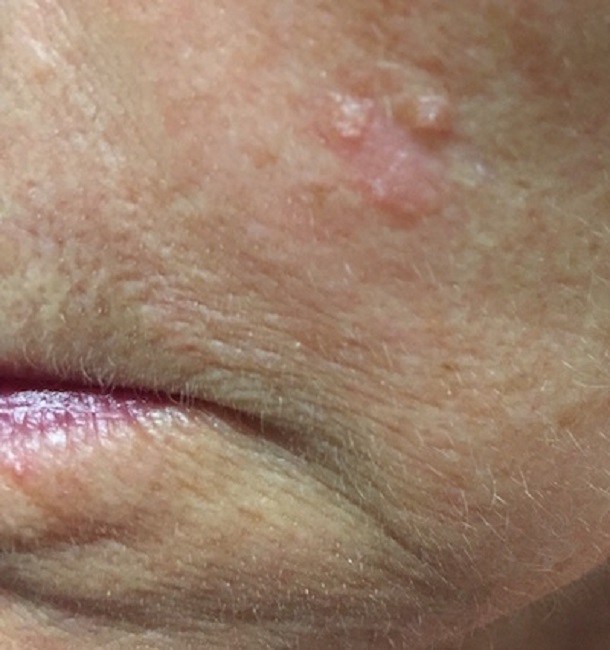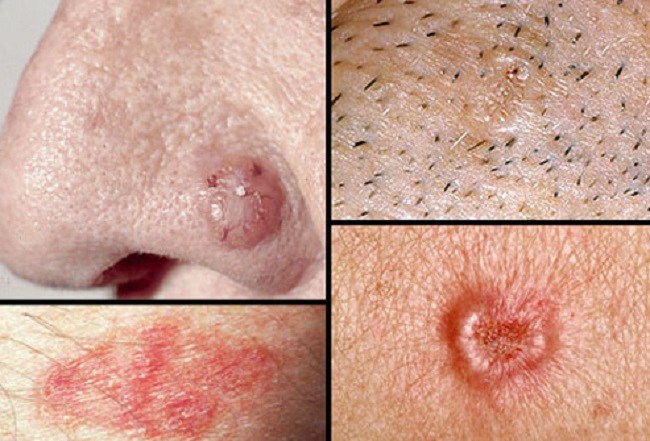Till now most people are of the opinion that moles are the first sign of skin cancer. Well! You’re wrong because you may have more than one mole on your body throughout life and it still won be cancer. There are several types of skin cancer that don’t look like moles at all. Instead they look like red sores, warts, bumps and scaly patches. According to Dr. Cheryl Rosen a dermatologist at Toronto Western Hospital, here are 4 types of skin cancer and how to recognize them.
1 Actinic keratosis (pre-cancerous)
Advertisement
Although actinic keratosis is non-cancerous, 10 % of these sores can turn into squamous cell carcinoma if they are not removed. Prominent in older adults as patches, they accumulate as a result of constant UV exposure over the years.
An actinic keratosis will look like basal or squamous cell cancers but only smaller. You may not notice them at first but when you do, they appear as something rough on the skin. Most patients develop more than one actinic keratosis. The treatment for actinic keratosis is cauterization, freezing, cutting or scraping out the lesion.

Image Source: www.skincancer.org
2 Basal cell carcinoma (cancerous)
Advertisement
This is the most common type of skin cancer found in the skin cells responsible for producing new cells. Found commonly on sun exposed areas such as the face and neck, basal cell cancers grow slowly and rarely cause any problems.
Dr. Rosen says that such cancers look like small bumps on the skin or are scaly patch that won’t go away. Sometimes blood vessels can be seen on the surface. As it is difficult to distinguish from actinic keratosis or squamous cell, its best to consult a dermatologist who may perform a biopsy for a correct diagnosis. The treatment for basal cell carcinomas is skin cream applied daily for several weeks. Those appearing below the skin surface need to be surgically removed. To avoid scarring for such conditions on the face, “Mohs surgery” is often the best treatment to reduce the size of a scar.

Image Source: www.medicinenet.com